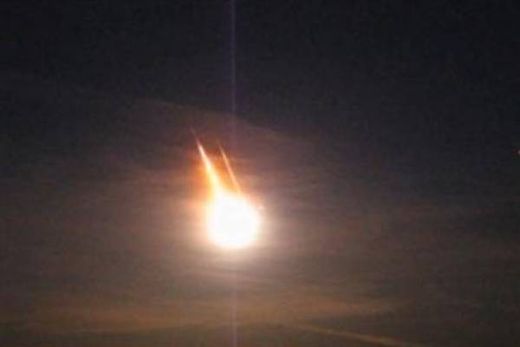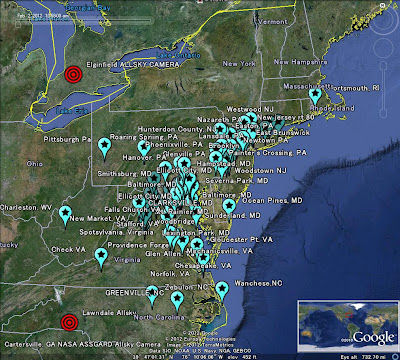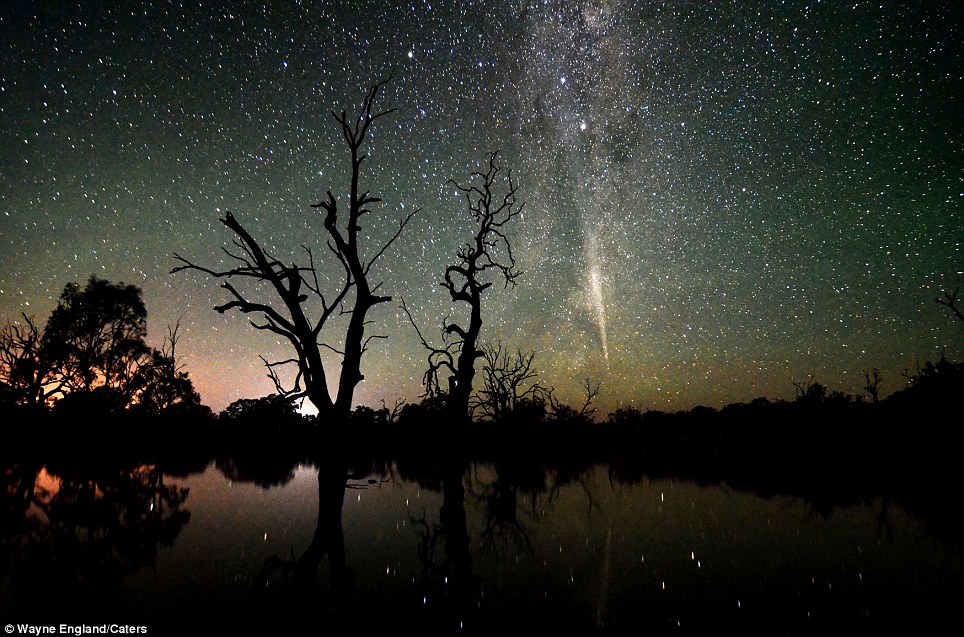
© File PhotoMeteors now posing as anthropogenic space junk?
Nighttime sky gazers looking for shooting stars sometimes catch a glimpse of a slower, brighter object streaking across the sky.
It's usually not a meteor, but rather a bolt or a paint chip that is part of the tons of debris floating in Earth's orbit, posing real dangers to space exploration.
A new film opening at Clark Planetarium on Friday called
Space Junk 3D highlights some of those risks.
"What's the history of pioneers working through a new frontier? They leave behind stuff, it's what archaeologists find," said Seth Jarvis, director of the Clark Planetarium. "Space is the final frontier, and we're leaving behind stuff. The legacy of the space age includes footprints on moon, but it also includes orbiting clouds of litter that create a real challenge to orbiting activities."
Don Kessler, retired NASA senior scientist for Orbital Debris and star of the film, wrote a paper in 1978 predicting what will happen as more space junk filled Earth's orbit.
"I was trying to understand ... how long would it take before we had to worry about manmade objects colliding with one another," Kessler told
The Tribune.
The answer: Right about now.
In 2007, China's military performed a test of an anti-satellite weapon. It worked, taking out a satellite and creating a massive debris cloud that will orbit for hundreds of years. Two years later, two satellites collided, again forming a huge debris cloud that puts other satellites, rockets and other space vehicles at risk.


Comment: Our immediate cosmic environment IS probably littered with junk left there by certain governments who live by the maxim that the means justify the ends. But it is the height of denial to buy into the notion that all these reports of fireballs we've been collecting are man-made objects. This 'space junk' theme is starting to smell strangely like 'anthropogenic global warming', which provides a plausible - but 'not even wrong' - cover story for Earth changes.
Forget About Global Warming: We're One Step From Extinction!